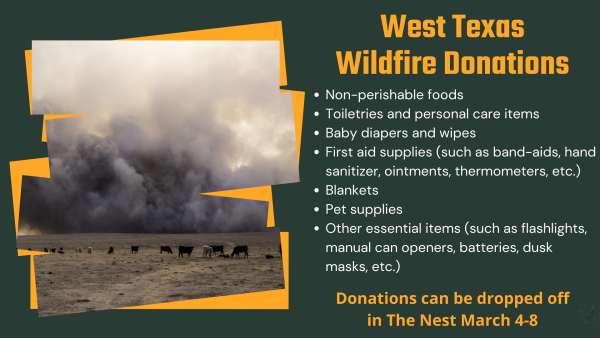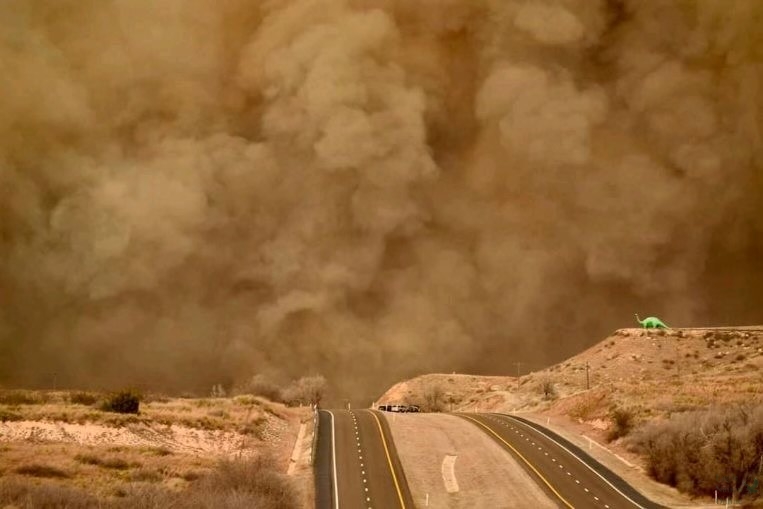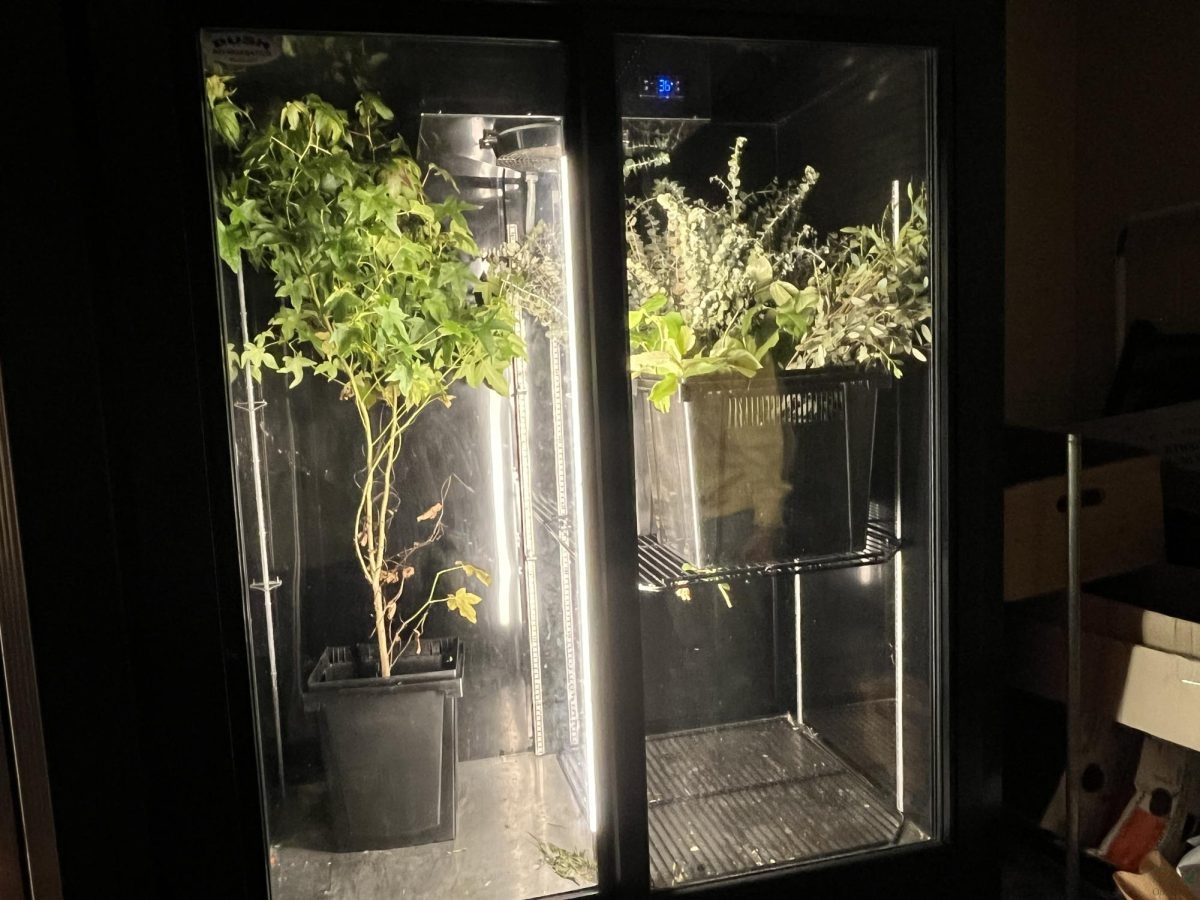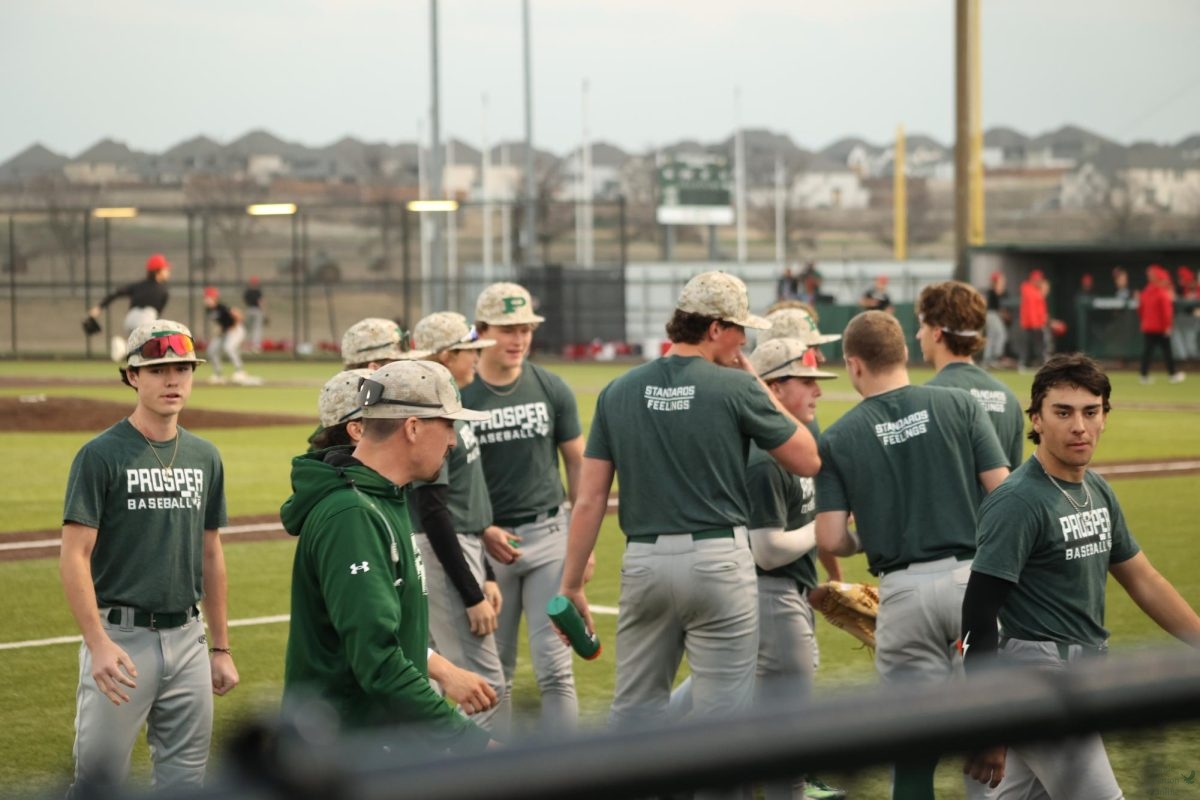Pastures once filled with livestock now stand in the midst of a blazing inferno. As firefighters and other first responders work on the front lines to head off the flames and protect communities, they take a moment to grab cell phones. One by one, they dial the numbers of their own families, pleading them to evacuate and leave their homes and belongings behind.
Then, they go right back to fighting the fire.
The Smokehouse Creek Fire, one of the many wildfires burning through the Texas panhandle, began Feb. 26. In just days, the fire has grown to be the largest in Texas history and has burned more than a million acres of land in less than a week.
“Two weeks ago, you could have driven this area and see grass as tall as your waist,” Skellytown Fire Chief Jacob Clifton said. “Today, it’s nothing but sand hills.”
Clifton, who also holds a position as the EMS Director for Gray County, helps keep his community safe by heading up the Skellytown Volunteer Fire Department.
“I had two guys who pulled off the line to make phone calls to their wife, to their kids, to the family to grab everything and get out of the house,” Clifton said. “Then they went back to work. They didn’t pull off and try and protect their own house. They kept doing what they could to for the betterment of everybody.”

According to Clifton, one reason this fire is so destructive, fast-moving and difficult to contain is because the land is dominated by flammable dry brush, like prairie grass and shrubs. Drought and wind speeds of up to 60 mph continue to exacerbate the flames.
“A normal wildfire has two to three maybe 10-foot flame links,” Clifton said. “This fire was 50-to-100-foot flame links, and it was moving the same speed as the wind. There was over 100 feet of nothing.”
In just one week, these Panhandle wildfires have burned more land than all of the wildfires in the state have in the past four years, according to the official reports from the Texas A&M Forest Service.
“The fire jumped out like it was walking across the sidewalk,” Clifton said. “That’s when my stomach dropped. We retreated back numerous miles and went to back to the center of the town to brace for impact. We gathered together and said some prayers. We didn’t know if we were still going to be there or not.”
Due to the extreme conditions in which firefighters work, their equipment is often damaged. Trucks and hoses need to be repaired in the little down time allowed.
“I can’t imagine how tired and restless firefighters are,” Tiffany Smirl, a pastor’s wife in Borger, Texas, said. “Just from us being at the church 24/7, we haven’t even sat down except to eat or sleep. They haven’t even thought about that, to stop and eat or even think about sleep.”
In order to aid those who have lost their property and homes, food trucks from surrounding cities travel to cities affected by the fires, like Borger, to provide free meals. Additionally, programs such as Texas Baptist Men have gathered basic hygiene and cleaning supplies to be distributed to victims of the fire. At Prosper High School, the student council and Skills USA program teamed up to gather donations for those affected by the wildfires. Students can drop off donations in The Nest March 4-8.

“It’s ranchers that are losing their entire livelihood, all of their livestock, their ranch and their house, everything,” Stephanie Riley, adviser for Skills USA said. “We want to do anything we can to help.”
As of today, there are three reported fatalities from the wildfires, Cindy Owen, 44, from Amarillo, Joyce Blankenship, 83, from Stinnett, and Fritch Fire Chief Zeb Smith, 40.
Smith was the chief of the Fritch Volunteer Fire Department. Fritch and surrounding towns are some of the communities hit hardest by the fires. A press release by Hutchinson County stated that Smith passed while responding to a structure fire at around 7 a.m.
“Chief Smith arrived on scene. He entered the residence of the shelter to identify if there was anyone inside who needed to be rescued,” Borger public information officer Brandon Strope said in the press conference held Tuesday, March 5. “Chief Smith did not exit that residence.”
To aid those affected by the wildfires, donation options can be found by following this link. For updates on the fire status, the Texas A&M Forest Services continues to post the status of each of the fires in the Panhandle. According to the the site, fire fighters have 100% containment of the Roughneck Fire in Hutchinson County, which burned 355 acres. But, four of five fires continue to burn. As of March 6, these are the active wildfires in the Texas Panhandle:
- Grape Vine Creek Fire, Gray County – 34,882 acres, 77% contained;
- Smokehouse Creek Fire, Hutchinson County – est. 1,059,570 acres, 44% contained;
- Windy Deuce Fire, Moore County – 144,206 acres, 81% contained;
- Walker 0380 Fire, Walker County – 0.64 acre, 80% contained.
“I am thankful to still have a home, but it’s hard to be thankful when so many others have lost everything,” Smirl said. “In a small town, it doesn’t just impact you. It impacts everyone.”


























